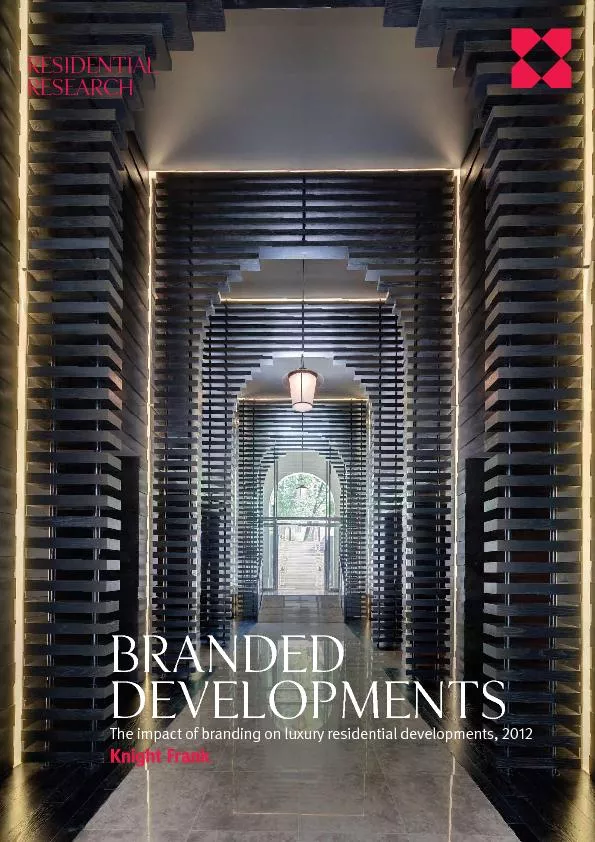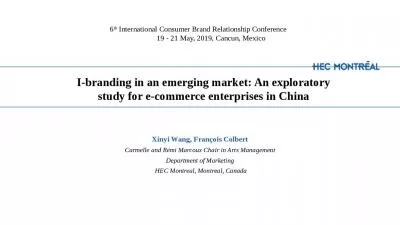PDF-Branded developmentsThe impact of branding on luxury residential devel
Author : tatyana-admore | Published Date : 2016-03-04
RESIDENTIAL RESEARCH 2 Prices for prime residential property have outpaced the performance of the mainstream et in many international locations As figure 1 confirms
Presentation Embed Code
Download Presentation
Download Presentation The PPT/PDF document "Branded developmentsThe impact of brandi..." is the property of its rightful owner. Permission is granted to download and print the materials on this website for personal, non-commercial use only, and to display it on your personal computer provided you do not modify the materials and that you retain all copyright notices contained in the materials. By downloading content from our website, you accept the terms of this agreement.
Branded developmentsThe impact of branding on luxury residential devel: Transcript
Download Rules Of Document
"Branded developmentsThe impact of branding on luxury residential devel"The content belongs to its owner. You may download and print it for personal use, without modification, and keep all copyright notices. By downloading, you agree to these terms.
Related Documents














